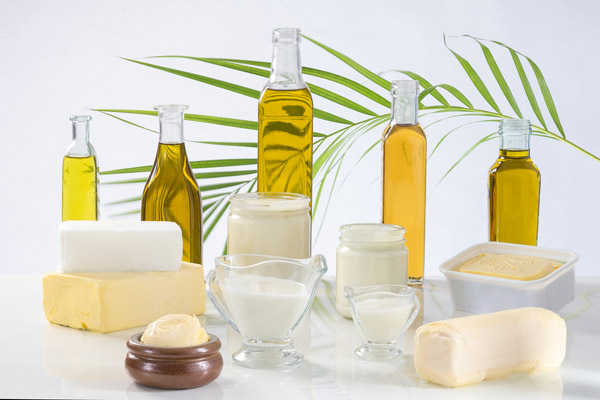Keto Foods & Cooking
Which Cooking Oils Can I Use When Cooking Keto And Which Should I Avoid?

The Keto diet depends on fat; therefore you’ll want to stock up on the very best cooking oils. The oil you cook with can seal the deal or ruin the perfect meal.
Whether or not you’re on the keto diet, it’s important to choose the right oil for the cooking method. The majority of your total calories will come from fat on a keto diet, which makes crucial to choose wisely. You’ll want to choose oils with the most nutrient value, and won’t break down at high temperatures and induce inflammation.
For the healthiest cooking oils for a keto diet, the oil’s smoke point is a determining factor. The smoke point is the temperature a cooking oil breaks down and degrade at. As oils degrade, they become carcinogenic, release free radicals, and can also trigger inflammation in the body.
Reducing inflammation is an important reason for following a ketogenic diet because it is a risk factor for obesity. Using the wrong cooking oils for high-temperature cooking and accidentally inducing inflammation would be an unhealthy mistake. In addition, degraded oils really taste bad.
Take a walk down the oil aisle at your grocery store and you’ll see vegetable oils, nut oils, seed oils, olive oils, and more! Not all oils are created equally, though. Some go through intense processing before they ever make it to your kitchen. Others have such low smoke points that you may sacrifice their nutritional integrity if you use them to cook over high heat. So what oils are best when cooking for a keto diet?
Here’s our list of best cooking oils (in no specific order):
Extra virgin olive oil (EVOO)
Full of antioxidants and robust flavor, extra-virgin olive oil is unrefined and minimally processed. Due to its low smoke point, use extra-virgin olive oil for low temperature cooking, dips, and dressings. EVOO pairs well with meat, vegetables, and even eggs!
Coconut oil
Coconut oil has medium-chain triglycerides, which boost metabolism and stimulate ketogenesis. Its concentration of lauric acid is high,, which is why it is solid at room temperature. It also claims a longer shelf life than most unsaturated cooking oils. Evidence exists for its antibacterial and antifungal properties.
Like EVOO, coconut oil also has a low smoke point, so stick to low-heat cooking. Coconut oil compliments seafood, baked foods, and is typically an ingredient in many Southeast Asian recipes.
Butter
A bit of butter goes a long way. Butter is an excellent source of vitamins D, A, and E, as well as conjugated linoleic acid (CLA), which has proven anti-cancer properties. It’s preferred to cook with the purest and natural types of butter (free-range,organic grass-fed butter) because it has a higher concentration of nutrients and won’t be contaminated by any trace of antibiotics.
The butter you commonly see in your grocery store has a low smoke point; so use it for cooking at temperatures under 350 degrees or as a spread. On the other hand, Ghee (clarified butter), has a high smoke point. Try using organic grass-fed ghee for your high-heat cooking needs!
Other oils to consider
- Sesame oil: Great for Asian recipes like stir-fry or pad thai.
- Avocado oil: High smoke point, loaded with vitamin E and omega-9 fatty acids. Great for high-heat cooking and for a subtle nutty flavor.




